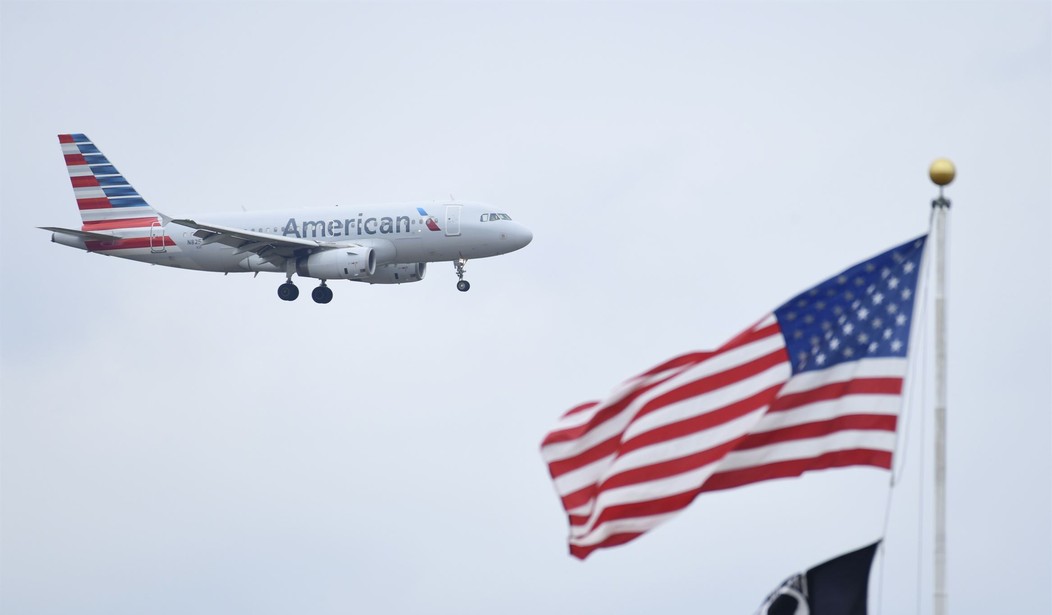The summer travel season has not exactly gotten off to a great start. Demand is up due to people ready to travel after an almost two-year pandemic kept many travelers at home. There is a pilot shortage now, though, and it is causing cancelations and delays. American Airlines told FOX Business on Monday that it is ending service to three cities on September 7. Those cities are Islip and Ithaca, New York, and Toledo, Ohio.
The pilot shortage has been building since the pandemic. Some pilots were put on furlough. Others decided to retire or go into other areas of employment. If your professional dream is to become a commercial airline pilot, now is the time to do it. Airlines are ramping up recruitment of personnel, especially pilots, and doing what they can to make it a more attainable goal.
Hundreds of airports are already cutting flights.
“We’re extremely grateful for the care and service our team members provided to our customers in Islip, Ithaca and Toledo, and are working closely with them during this time,” American Airlines said in a statement.
FOX Business reported earlier this month that the airline industry is short 12,000 pilots, and that the majority of airports across the nation, approximately 303, are already offering fewer flights.
In fact, “there were 188 communities that lost at least 25% of their air service, either during the pandemic or during the first half of 2022 as the pilot shortage worsened,” the Regional Airline Association (RAA) previously reported.
Alaska Airlines CEO Ben Minicucci reported last month that it was experiencing daily cancelations due to pilot shortages. JetBlue and United Airlines are making adjustments, too.
The carrier had been having operational challenges since April due to not having enough pilots to fly its spring schedule, Minicucci said in a note to customers last month.
Of its 1,200 daily flights, it’s been canceling about 50 of them, Minicucci said.
Meanwhile, earlier this year, JetBlue said it was forced to reduce flights throughout the summer due to staffing issues.
At the start of 2022, United Airlines announced the start of its training program. United projected that the academy will train around 5,000 new pilots by 2030 — fulfilling half of its plan to recruit 10,000 new pilots in that time to combat the shortage.
What does all this mean? It means that airlines are cutting schedules but airline pilots are seeing salary increases and bonuses. Airlines have never really caught up since travel demands started to increase in the second half of 2021 when the pandemic began to wane and restrictions and mandates began to ease.
The International Air Transport Association (IATA) expects the North America region to recover more quickly than other regions of the world. It forecast on March 1, 2022 that passenger numbers will reach 94% of 2019 levels in 2022, with full recovery expected in 2023.
“After a resilient 2021, traffic to/from/within North America will continue to perform strongly in 2022 as the US domestic market returns to pre-crisis trends, and with ongoing improvements in international travel,” IATA predicted.
When Christmas holiday travel went sideways, airlines blamed the delays and cancelations on severe weather and staffing shortages. Some airlines are forming partnerships with flight schools. Some are operating their own. It all takes time, though, and in the meantime, expect to pay more for tickets and to deal with overbooked flights.
United Airlines chief executive Scott Kirby blames the pilot shortage not on pay and benefits but on the time and expense involved in training. Regional airlines feel the shortages the most. Most pilots begin their career with regional airlines and then move on to mainline carriers.
“At United, we’re convinced that the root of the problem is that it costs over $100,000 and takes five or more years to obtain all the training to become eligible to fly for a major airline,” Kirby wrote. “A commercial pilot’s journey is technically complex, building hours and obtaining certificates in a process that is difficult to navigate without experienced support.”
While regional carriers usually plan for this movement, the early retirements at major carriers during the pandemic, plus the faster than expected recovery, means that airlines like Skywest are losing their captains to the majors much more quickly than expected.
“So while our pipeline for new pilots is strong, we expect that upgrade timing creates an imbalance and production constraint for the next year or so,” SkyWest (SKYW) chief executive Chip Childs said on a fourth-quarter results call on February 3, 2022.
SkyWest (SKYW) has therefore reduced schedules and implemented upgrade and retention incentives to attract and retain staff. The scheduling challenges and increased labor costs will also constrain its ability to make profit this year.
“In summary, 2022 looks to be the next phase of our COVID recovery and while demand for our product has never been stronger, the current staffing imbalance and ongoing refleeting doesn’t allow us to monetize that demand in the short-term,” Childs added.
The pilot shortage isn’t going to cure itself quickly. Alaska Airlines and Horizon Air are teaming up with an air academy and launching a pilot academy program. They plan to register and train up to 250 students a year. Cadet pilots will be eligible for financial aid, stipends, and conditional job offers.
Air travelers are going to have to pack their patience for the near future and hope to not be stranded in an airport due to a canceled flight.








Join the conversation as a VIP Member